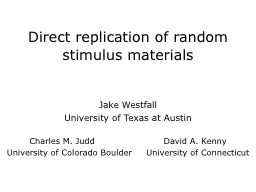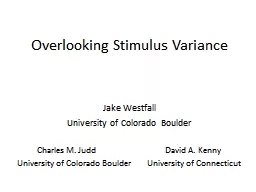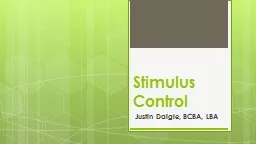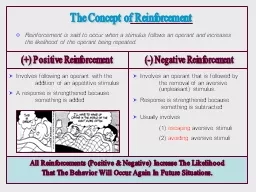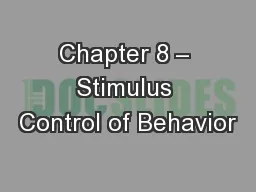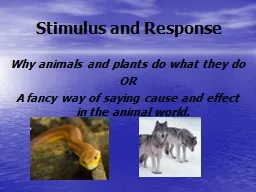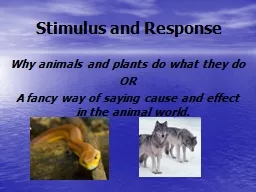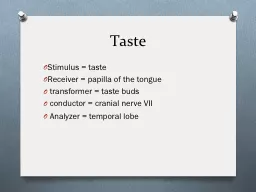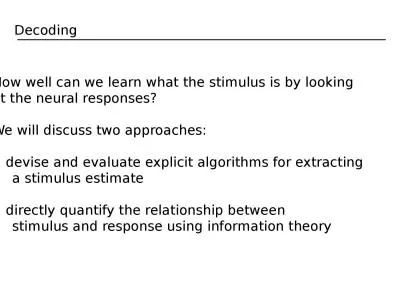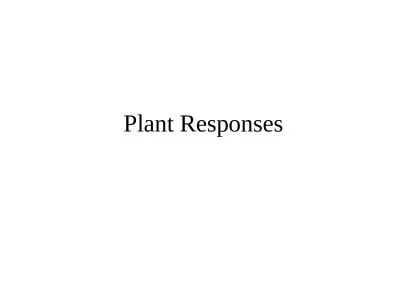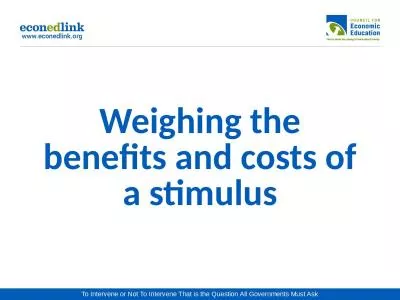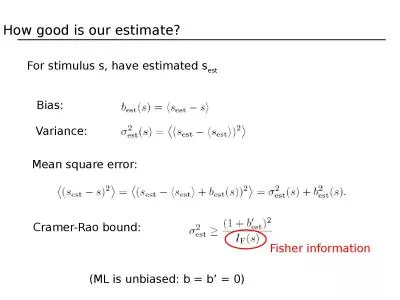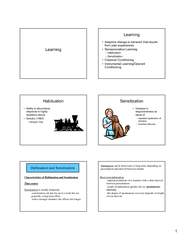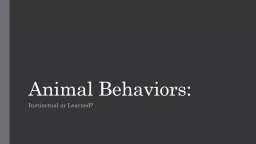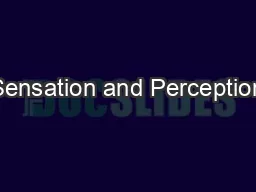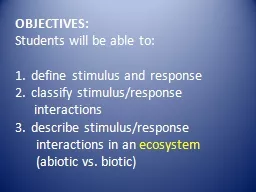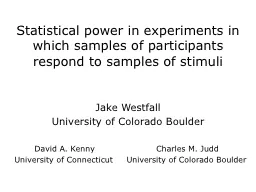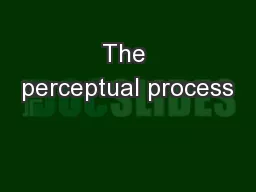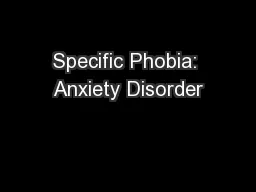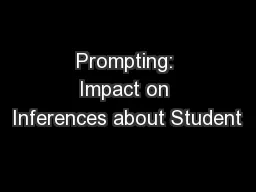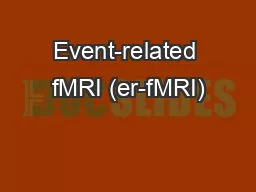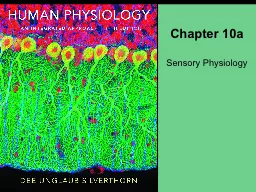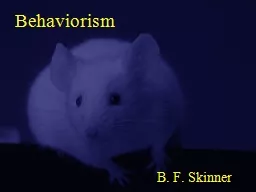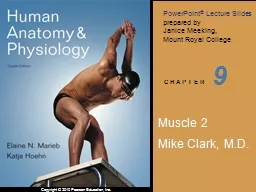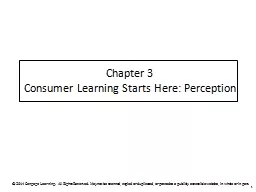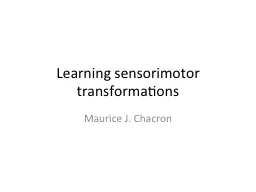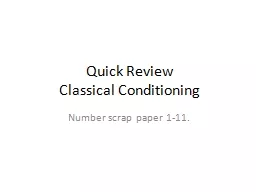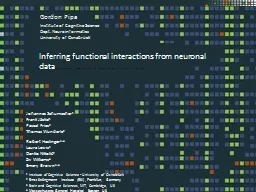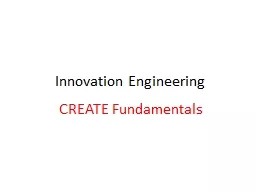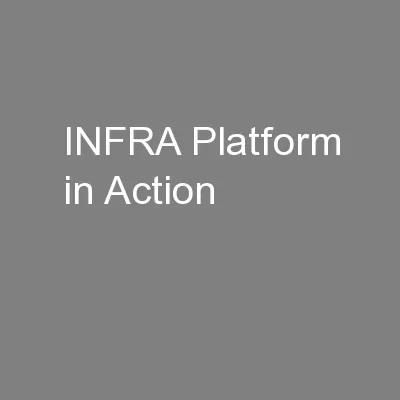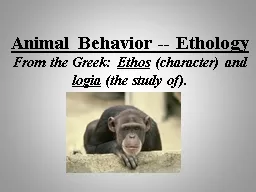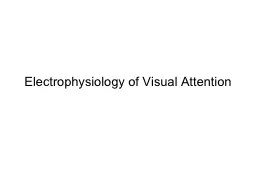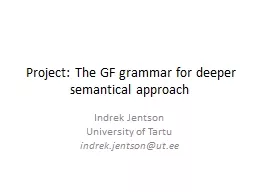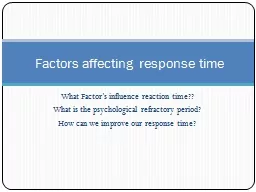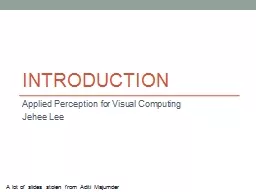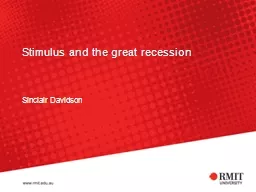Search Results for 'Stimulus Conditioning'
Stimulus Conditioning published presentations and documents on DocSlides.
Direct replication of random stimulus materials
Jake Westfall. University of Texas at Austin. Cha...
Overlooking Stimulus Variance
Jake . Westfall. University of Colorado Boulder. ...
Stimulus Control
Justin Daigle, . BCBA, LBA. Stimulus. “An energ...
Reinforcement is said to occur when a stimulus follows an o
The Concept of Reinforcement. (+) Positive Reinfo...
Chapter 8 – Stimulus Control of Behavior
Outline 1. Identification and Measurement of Stim...
Stimulus and Response
Stimulus and Response Why animals and plants do w...
Stimulus and Response
Stimulus and Response Why animals and plants do w...
Taste Stimulus = taste
Receiver = papilla of the tongue . . transformer ...
How well can we learn what the stimulus is by looking
at the neural responses?. We will discuss t. wo ap...
Plant Responses Animals often quickly respond to a stimulus with an appropriate behavior.
For example animals are apt to change their locati...
Weighing the benefits and costs of a stimulus
Concepts to know: . Debt vs. Deficit. Federal bud...
For stimulus s , have estimated
s. est. Bias: . Cramer-. Rao. bound:. Mean square...
More contraction!
Review Principles of Muscle Mechanics. Same princ...
Animal Behaviors:
Instinctual or Learned?. What is a behavior?. A ....
Sensation and Perception
Processing the World. Notice Anything Strange?. �...
OBJECTIVES:
Students will be able to: . 1. define . stimulus...
Statistical power in experiments in which samples of partic
Jake Westfall. University of Colorado Boulder. D...
The perceptual process
Stimulus on the receptors. Transduction. Processi...
Specific Phobia: Anxiety Disorder
DSM-V Diagnostic Criteria. A. Marked fear or anxi...
The Presidency & Domestic Policy
The President. & . Domestic Politics. “Oh, ...
Prompting: Impact on Inferences about Student
Learning. Developed by Diane Browder, Leah Wood. ...
Event-related fMRI (er-fMRI)
Methods & models for fMRI data analysis. Nove...
Chapter 10a
Sensory Physiology. About this Chapter. General p...
Behaviorism
B. F. Skinner. B.F. Skinner (1904-1990). B. F. Sk...
9 Muscle 2
Mike Clark, M.D.. Review Principles of Muscle Mec...
Chapter 3
Consumer Learning Starts Here: Perception. 1. Lea...
Learning sensorimotor transformations
Maurice . J. . Chacron. The principle of sensory ...
Quick Review
Classical Conditioning. Number . scrap paper 1-11...
Your Choice
Johannes Schumacher. . Schumacher. ,. ,. Jäckel...
Innovation Engineering
CREATE Fundamentals . Our Destination. Meaningful...
Broken Promise on Jobs
Percent. 2007. 2009. 2010. 2011. 2012. 2013. 2008...
INFRA Platform in Action
2. Outline. Countercyclical Stimulus Support. Dev...
Animal Behavior -- Ethology
From the Greek: . Ethos. (character) and . logia...
Electrophysiology of Visual Attention
Does Visual Attention Modulate Visual Evoked Pote...
Project: The GF grammar for deeper semantical approach
Indrek Jentson . University. . of. Tartu . indr...
What Factor’s influence reaction time??
What is the psychological refractory period?. How...
Evald Ilyenkov
and The End of Stimulus – Respond Paradigm. Fre...
Introduction
Applied Perception for Visual Computing . Jehee. ...
Stimulus and the great recession
Sinclair Davidson. On the use of language. RMIT U...


